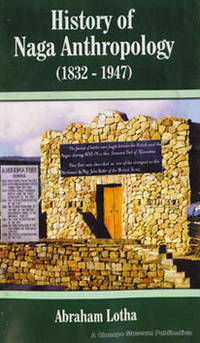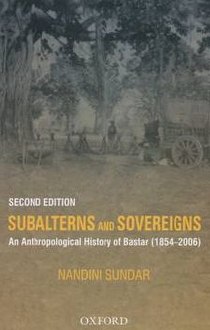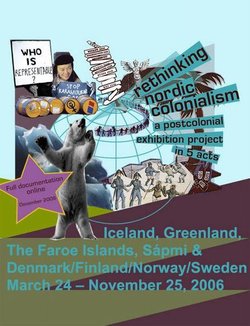The first temporary exhibition at Paris’s Quai Branly museum takes an ambitious look at how the West constructs its ‘other’, Mary Stevens writes in her research blog about the reconfiguration of national identity in French museums:
In the permanent exhibition it is the aesthetic qualities of the objects on display that are foregrounded; what is missing is a critical reflection on how the western aesthetic criteria which visitors are encouraged to apply have developed over time. What makes us see something as art, and why do we now judge as art objects that in the past might have been seen either as silent witnesses to social customs or indeed as curiosities? These are the questions that D’un regard l’Autre sets out to explore.
(…)
[H]airy savages carved in wood bear witness to Renaissance man’s desire to position his superior self firmly on the side of culture against nature. However, it is interesting to be reminded that in this period real-live people from other cultures were sufficiently rare in Western Europe to command wonder and a degree of respect. A life-size portrait of an Inuit couple, painted during their visit to the Danish court in the late seventeenth century provides a subtle reminder: the names of these two travellers – Pock and Kieperoch – were carefully noted by the artist. It was only in the nineteenth century that their successors would become ‘types’, documented and classified for the new sciences of anthropology and phrenology and displayed for public instruction in the new museums.
>> read the whole review of the exhibition
See also earlier on antropologi.info: Indigenous? Non-Western? Primitive? The Paris Museum Controversy
Mary Stevens has blogged a lot about multiculturalism and nationalism in France. One of the interesting recent posts is about the integration of foreign students: What image of France is presented in the introductory courses about French society?
(…) Day 2: the gastronomic map of France (lots of camembert and choucroute – not a lot of couscous and brik) place names (all Greek, Roman, Celtic or religious), family names (every single one of them belonging to the Français de souche, whoever they might be) and – to top it all – “languages, ethnic groups and cultures”. Aside from the fact that I thought ‘ethnic’ was a taboo word in French, only regional minorities get a mention and we are told authoritatively that cultural diversity has been in decline since the Revolution, or at least until a ‘recent’ upsurge in regional movements (e.g. Coriscan, Breton, Basque).
So here we have it: ‘le mythe national’ condensed into two short days. Above all the course seeks to inculcate a closed, exclusive definition of national identity that fails to take into account any of the demographic developments of the last 200 years and indeed before.
If anyone was ever in any doubt that there is still work to be done in France in rethinking the ‘collective memory’ – or what I prefer to call the collective or social ‘imaginary’ (the latter after the philosopher Charles Taylor) – then here (with apologies for the poor quality) is the proof.
>> read the whole post: Integrating the elite: peddling national mythology
Related topics are touched in the French movie Indigènes. Mary Stevens explains:
The film tells the story of a group of North African soldiers, fighting on French soil for the liberation of France from 1943. It is explicitly geared toward the re-evaluation of national collective memory; its aim is to address the way these soldiers, who played a major role in the Liberation have been written out of (the Gaullist account) of history. And it looks set to have a major impact.
>> read the whole post: The « Indigènes » effect ?
Anthropologist Cicilie Fagerlid is back in Paris and has also seen the film:
Indigene is the shameful juridical assignation used for Muslims in French North Africa. Muslims, being indigenes and not citizens like the Christians and Jews, didn’t enjoy equal rights until 1945. It’s incredible, isn’t it, in the country priding itself with the slogan libérté, égalité, fraternité?
>> read the whole review
The first temporary exhibition at Paris’s Quai Branly museum takes an ambitious look at how the West constructs its ‘other’, Mary Stevens writes in her research blog about the reconfiguration of national identity in French museums:
In the permanent exhibition…
Read more



 According to Hindu-reviewer Jyotirmaya Sharma, anthropologist and sociologist
According to Hindu-reviewer Jyotirmaya Sharma, anthropologist and sociologist 